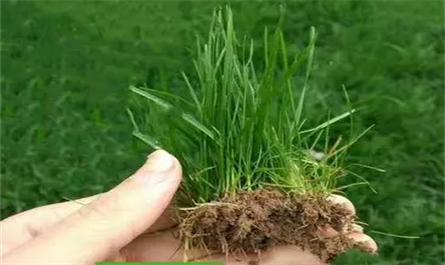Application of plant growth regulators in Festuca elata

Festuca elata, also known as Festuca arundinacea Schred, is a cold-season turfgrass that is drought-resistant, heat-resistant, disease-resistant and salt-tolerant. It is also shade-tolerant and trampling-tolerant and is widely used as a turfgrass seed.
Gibberellic Acid GA3:
Soaking Festuca elata seeds for 36 hours with 0.2mg/LGibberellic Acid GA3 solution can promote seed germination and uniform emergence. In addition, spraying the leaves with 30~50mg/LGibberellic Acid GA3 solution at the beginning of the greening of tall fescue can accelerate lawn growth and complete the greening process earlier.
Uniconazole:
Spraying 200~400mg/LUniconazole solution on the leaves 5~7d before mowing Festuca elata can significantly inhibit growth and make the leaves dark green. Usually, the effect of spraying once can last for 3 months.
Paclobutrazol:
Spraying Festuca elata with 600mg/LPaclobutrazol solution can also strongly inhibit the growth of thick, shorten internodes, and reduce the number of lawn mowing.
Chlormequat Chloride:
Spraying 200mg/L Chlormequat Chloride during the vigorous growth period of Festuca elata can reduce its growth height.
1-Naphthyl Acetic Acid (NAA):
NAA is widely used in differentiation medium and culture rapid propagation system, and the concentration used is 0.50mg/L.
Abscisic acid:
Abscisic acid of different concentrations has a significant effect on the induction rate of mature embryo callus of Festuca elata. The induction rate is the highest at 2.0mg/L. It can effectively inhibit the growth of embryos and roots, and significantly increase the induction rate of mature embryo callus. When the concentration is greater than 5.0mg/L, its callus induction rate decreases instead.



